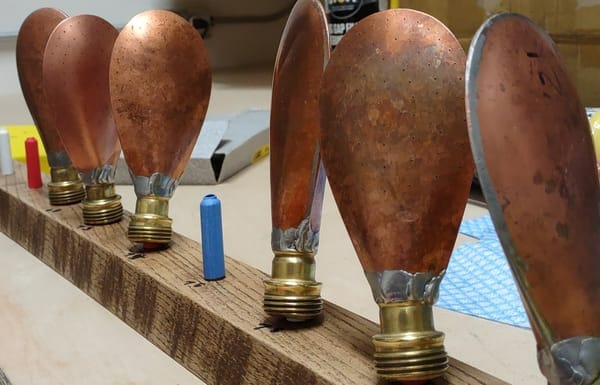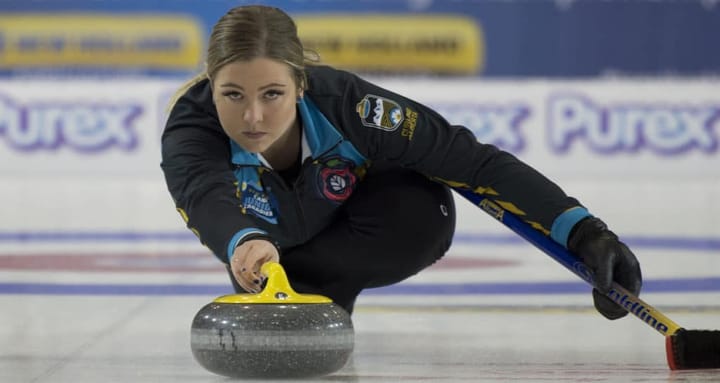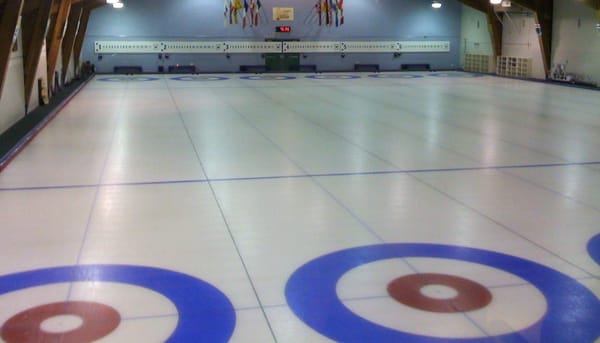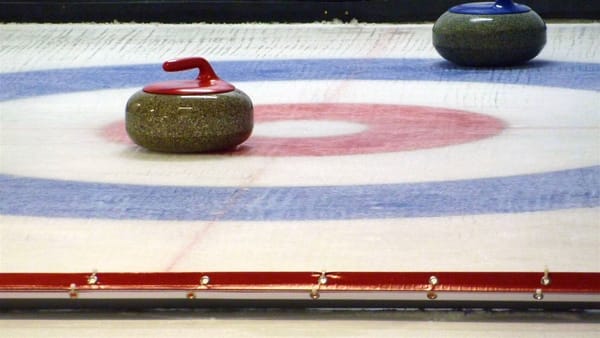Why Pebble Curling Ice

Pebbling the ice is an essential part of preparing a curling rink for play. This process involves spraying tiny frozen water droplets onto the ice surface, creating a textured layer that significantly influences how curling stones behave. Let’s explore why pebble is so crucial in curling and its specific impacts on gameplay.
Why Pebble Matters
Reducing Friction
The primary function of pebble is to reduce friction between the curling stone and the ice. Without pebble, the stone would have a much larger contact area with the ice, resulting in increased friction. This would make it incredibly challenging to throw the stone effectively over long distances. Pebble minimizes this contact area, allowing the stone to glide smoothly along the surface. Essentially, the stone rides on the tops of these frozen droplets, creating a low-friction interface that enhances its movement.
Creating Curl
Pebble also plays a vital role in generating the curl that gives the sport its name. When a stone is released with a deliberate rotation, the interaction between the stone and the pebbled surface creates the characteristic curved path. The combination of the pebbled ice and the stone's rotation allows for a dynamic and strategic game.
Fostering a Finesse Game
By allowing for reduced friction, pebble enables a "finesse game" in curling. Players can exert precise control over the weight and trajectory of their stones, making it possible to execute complex shots and strategies. This level of skill would be nearly impossible on a smooth ice surface.
Specific Impacts of Pebble on Curling Stones
Distance
The reduced friction resulting from pebble allows stones to travel much farther with the same amount of force. This capability is crucial for throwing the stone the full length of the sheet.
Curl
The interaction between a rotating stone and the pebble generates the differential friction that causes curling. Factors such as the size, shape, and distribution of the pebble can significantly influence how much curl a stone experiences.
Sweeping Effectiveness
Sweeping is a critical component of curling, used to alter the path and distance of a stone. The pebble affects how effectively sweeping can influence a stone’s trajectory. Sweepers use their brooms to melt a thin layer of ice, further reducing friction and steering the stone toward its intended target.
Pebble Maintenance and Ice Conditions
Over the course of a game, pebble wears down due to the movement of stones and the act of sweeping. As this happens, the ice may become faster, and the degree of curl can change, necessitating adjustments in strategy from the curlers.
Ice technicians play a crucial role in maintaining the pebble, ensuring consistent playing conditions. They scrape the ice between games to remove old pebble and apply fresh layers before each new match.
Various factors, including the size and shape of the pebble, the temperature of the water used for pebbling, and the surface temperature of the ice, can all influence the performance of the pebble and the playing characteristics of the ice.
Additionally, a build-up of pebble can lead to a slower, straighter playing surface, as it creates a coarser texture that prevents dirt from being effectively scraped away.
Summary
Pebble is fundamental to the game of curling. It enables stones to travel reasonable distances, creates the curl essential to the sport, and enhances the strategic and skill-based elements of play. Proper management of the pebble is critical to maintaining fair and consistent playing conditions, ensuring that every game is as competitive and enjoyable as possible.



